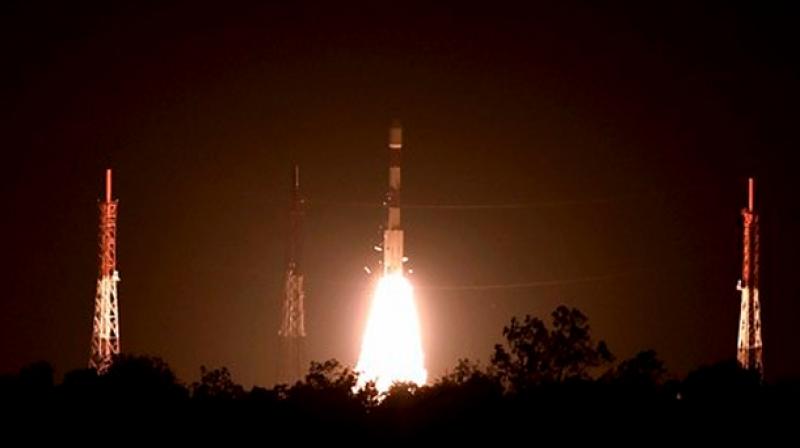NASA's Mars probe completes 50,000th orbit

NASA's Mars ReconnaissanceOrbiter (MRO) has completed its 50,000th orbit this week, continuing to compile the most sharp-eyed global coverage ever accomplished by a camera at the red planet.
The orbiter continues diverse science observations of Mars and communications-relay service for two active Mars rovers, Curiosity and Opportunity.
MRO's Context Camera (CTX) exploits a sweet spot in the balance between resolution and image file size. With a resolution of about six metres per pixel in images of the Martian surface, it has provided a library of images now covering 99.1 per cent of Mars.
That is about equivalent to the land area of Earth. No other camera ever sent to Mars has photographed so much of the planet in such high resolution.
The Context Camera has taken about 90,000 images since the spacecraft began examining Mars from orbit in late 2006. Each one reveals shapes of features down to sizes smaller than a tennis court, in a swath of ground about 30 kilometers wide.
"Reaching 99.1 per cent coverage has been tricky because a number of factors, including weather conditions, coordination with other instruments, downlink limitations, and orbital constraints, tend to limit where we can image and when," said Michael Malin, Context Camera Team Leader of Malin Space Science Systems in the US.
In addition to observing nearly the entire planet at least once, the Context Camera has observed 60.4 per cent of the planet more than once. These observations aid science directly and also certify the safety of future landing sites.
"Single coverage provides a baseline we can use for comparison with future observations, as we look for changes," Malin said.
"Re-imaging areas serves two functions: looking for changes and acquiring stereoscopic views from which we can make topographic maps," he said.
A dramatic type of change the Context Camera has documented more than 200 times is a fresh impact crater appearing between the times of two observations. These images enabled scientists to calculate the rate at which small asteroids, or bits of comets, are colliding with Mars. Some of the fresh impacts reveal white material interpreted as water ice.
The spacecraft was launched in 2005. It entered an elongated orbit of Mars in March 2006, then spent several months using friction with Mars' upper atmosphere to revise its orbit.
Since beginning its science operations in November 2006, MRO has been flying near-polar orbits lasting about two hours, at altitudes from 250 to 316 kilometers. The mission completed its 50,000th orbit on March 27.
"After 11 and a half years in flight, the spacecraft is healthy and remains fully functional," said MRO Project Manager Dan Johnston at NASA's Jet Propulsion Laboratory, Pasadena, California.

